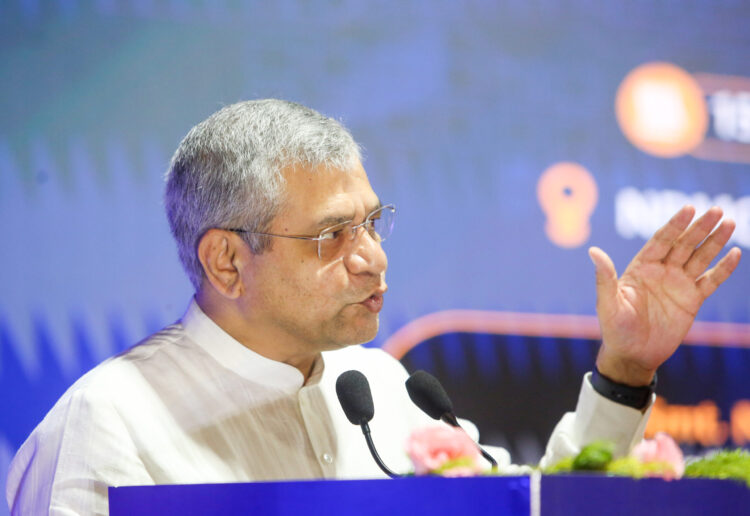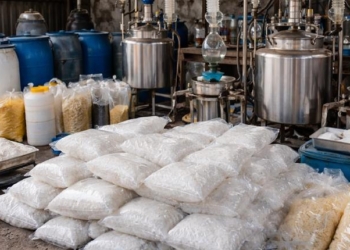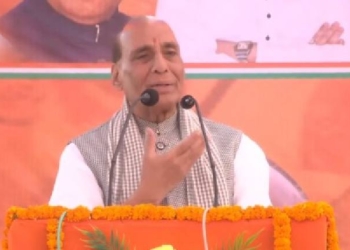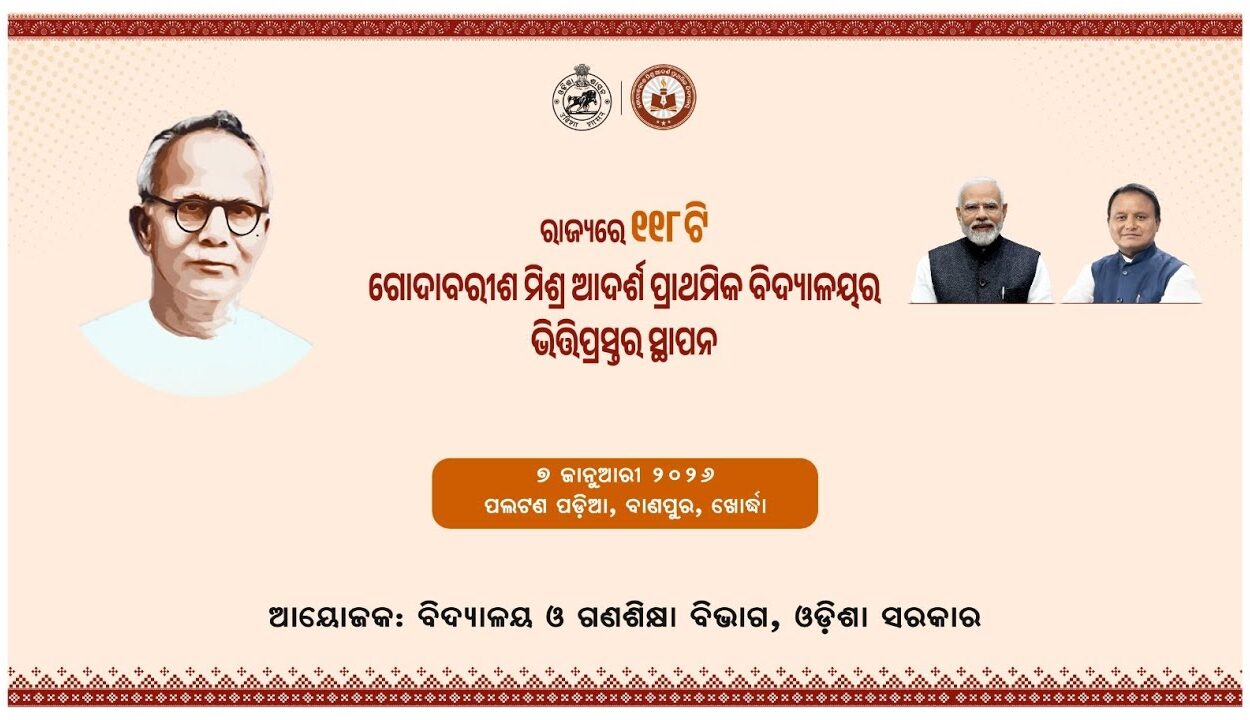New Delhi: IT Minister Ashwini Vaishnaw on Thursday announced that the government will establish over 500 data labs nationwide as part of the ‘India AI Mission’ to increase artificial intelligence (AI) talent and infrastructure.
Making the announcement at a pre-event of the AI Impact Summit 2026, he went on to say that this action is a part of the larger IndiaAI Mission, which has chosen eight new companies, including Tech Mahindra, Fractal Analytics, and BharatGen, an IIT Bombay consortium, to develop large language models (LLMs).
The government has allotted Rs 988.6 crore under the IndiaAI Mission for the consortium headed by IIT Bombay to develop an LLM with 1 trillion parameters. The internal variables in LLMs that extract linguistic relationships and patterns from training data are called parameters.
The IndiaAI Mission is the Centre’s initiative to develop autonomous AI capabilities through sector-specific AI applications, sovereign LLMs, GPUs, and skilling programmes. It was approved earlier this year with an expenditure of Rs 10,300 crore.
According to Vaishnaw, MeitY, and the Office of the Principal Scientific Adviser will also introduce an AI framework in ten days.
Furthermore, industry-specific small language models (SLMs) are being created for manufacturing, logistics, transportation, agriculture, and weather forecasting.
Although the nation currently has 34,000 GPUs in stock, the minister pointed out that IndiaAI Mission CEO Abhishek Singh has been instructed to look into adding 10,000 more.
He also emphasised the necessity of an international framework for AI governance, but he warned that it might take some time for such an agreement to come to fruition.
In order to lessen dependency on international AI systems, a key component of the mission is the creation of sovereign LLMs, or large language models trained on Indian datasets and languages.
Large AI models require computational power to train and implement, and India currently has 34,000 GPUs allotted to the mission.
According to Vaishnaw, the AI framework will be made public in the next ten days, and the first language models tailored to particular industries will focus on manufacturing, transportation, logistics, weather forecasting, and agriculture.
(IANS)

















